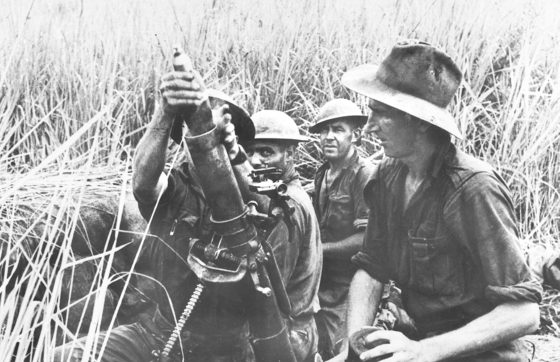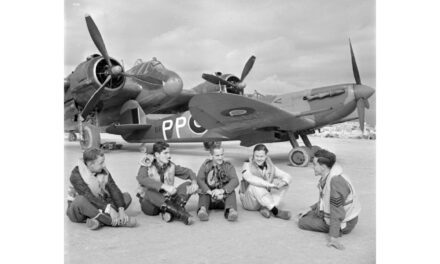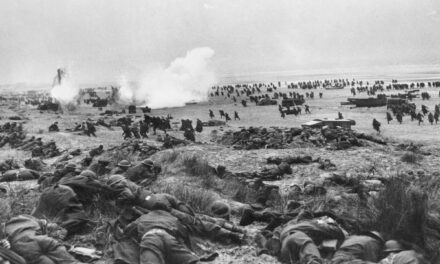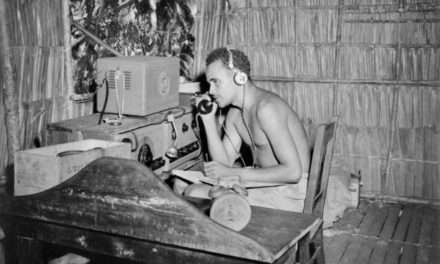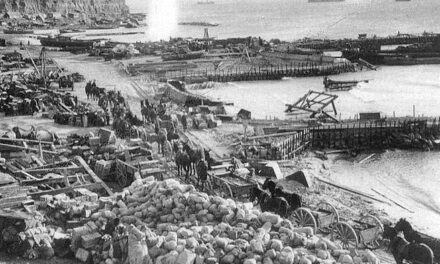November 12 @ 8:30 am – 4:30 pm at the East Malvern RSL, Melbourne
The Battle of the Beachheads was the bloodiest of all the Papuan campaigns. The resolve and tenacity of the Japanese defenders was, to Allied perceptions, unprecedented to the point of being “fanatical”, and had not previously been encountered. Please join a group of well-qualified speakers as we examine the Battle of the Beachheads in a one-day conference. This conference is organised by Military History and Heritage Victoria and supported by History Guild.
As the battle for Guadalcanal dragged on the Japanese advance on the Kokoda Track culminated and they were ordered to ‘advance to the rear’.
Two delaying defensive positions at Eora Creek and Oivi-Gorari imposed a toll on the Australians’ pursuit, but allowed time for the Japanese to complete a labyrinth of bunkers and trenches around the Papuan beach head villages of Gona, Buna and Sanananda.
The Battle for the Beachheads, as it became known, saw an estimated 9,000 Japanese troops in well-prepared positions defend to the death the territory they had occupied for the last six months. MacArthur ordered that the positions be destroyed and over the next two months Australian and US Army troops battled not only the resolute Japanese but swampy terrain, kunai grass, oppressive heat, heavy rain, sickness and disease to complete this difficult and brutal task.
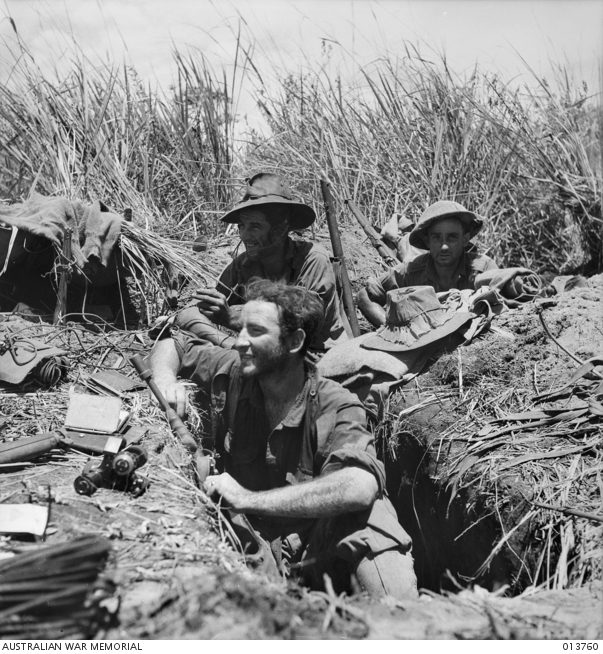
The Battle of the Beachheads was the bloodiest of all the Papuan campaigns. The resolve and tenacity of the Japanese defenders was, to Allied perceptions, unprecedented to the point of being “fanatical”, and had not previously been encountered. It was to mark the conduct of further battles throughout the remainder of the war. Securing victory at the Battle for the Beachheads cost Australia 1,261 dead and 2,210 wounded, and the Americans 734 dead and 2,037 wounded.
What was the Japanese plan? Who controlled the sea and the sky? How did the Allies mass forces onto the northern coast of Papua? Was the order to destroy the Japanese positions necessary? How well did the Australian and American forces cooperate in fighting the battle? Were Allied forces pushed beyond their capability? How much did tanks help to break the stalemate? What are the legacies of this little-known chapter of military history?
Please join a group of well-qualified speakers as we examine these and other questions in a one-day conference – The Bloody Beachheads: The Battles of Gona, Buna and Sanananda – on Saturday 12 November 2022 at the East Malvern RSL, Melbourne.
Find out More
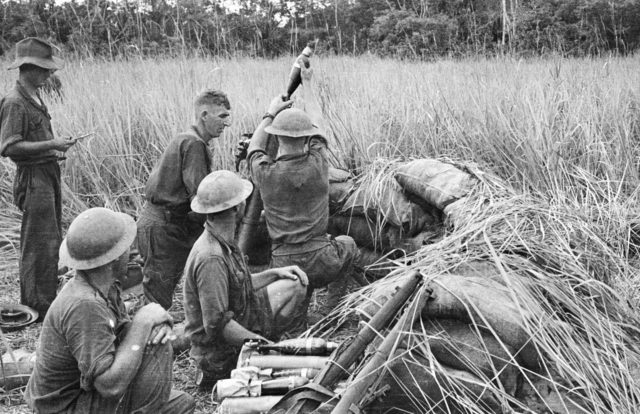
The Battle of the Beachheads – Podcasts
By late 1942, the Allies had pushed the Japanese forces back along the Kokoda Track and were now down on the coastal plains of northern New Guinea. The Japanese may have been retreating, but they intended to hold the vital beachheads from Gona down through Sanananda to Buna. The fight to take the beachheads would be bloody and brutal, but first the Australians and their American comrades had to get there.
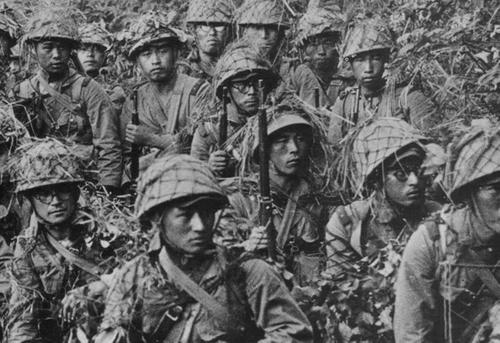
Japan’s Pacific War – Podcast
This podcast episode was commissioned by History Guild as part of our support of THE BLOODY BEACHHEADS: THE BATTLES OF GONA, BUNA AND SANANANDA – ONE DAY CONFERENCE. Angus Wallace, creator of the fantastic WW2 Podcast is joined by Peter Williams, author of Japan’s Pacific War: Personal Accounts of the Emperor’s Warriors.
Articles you may also like
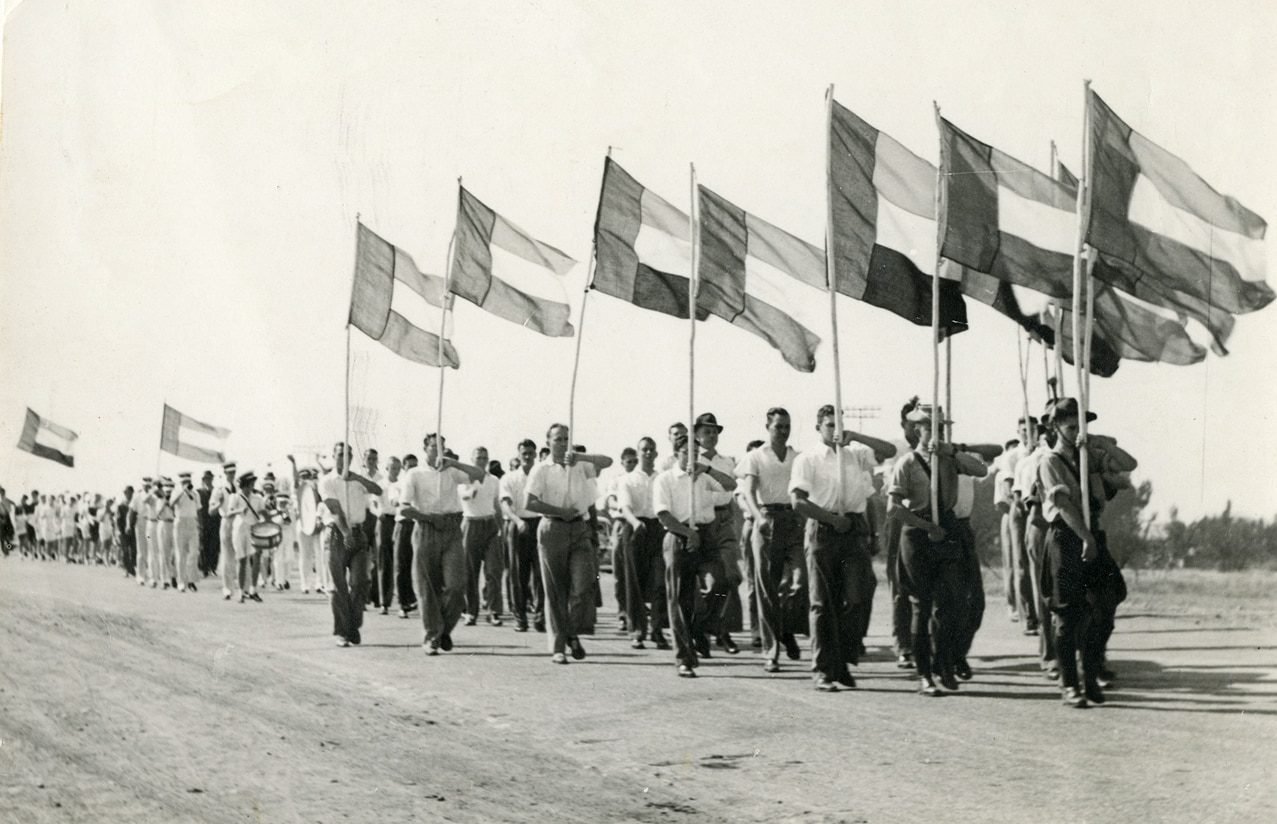
German spies in South Africa during WWII – The enemy within
Reading time: 5 minutes
The story of the intelligence war in South Africa during the Second World War is one of suspense, drama and dogged persistence. South Africa officially joined the war on 6 September 1939 by siding with Britain and the Allies and declaring war on Nazi Germany.
South African historians have largely overlooked the intelligence war, partly because of the apparent paucity of reference sources on it. This lack of attention prompted me to investigate the matter further. The result was my book Hitler’s Spies: Secret Agents and the Intelligence War in South Africa.
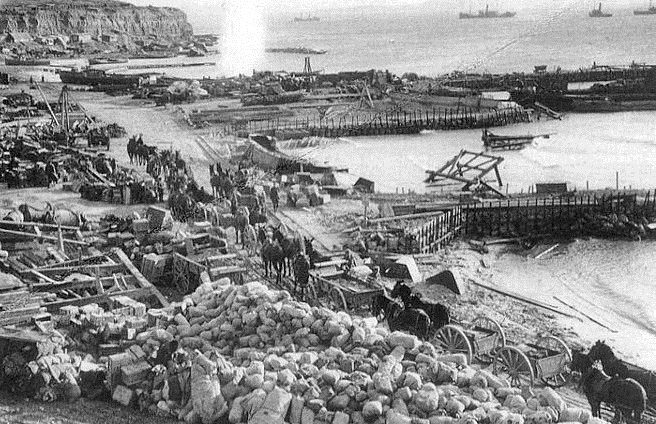
Twelve days at Anzac: the evacuation
Over one hundred years ago, one of the most remarkable operations in military history occurred at the Dardanelles with the evacuation in December 1915 of 83,000 Australian, New Zealand, British and Indian troops from the Gallipoli Peninsula without a single loss of life. It will, as, one contemporary German correspondent reporting from the Turkish lines exclaimed, ‘stand before the eyes of all strategists as a hitherto unattained masterpiece’.
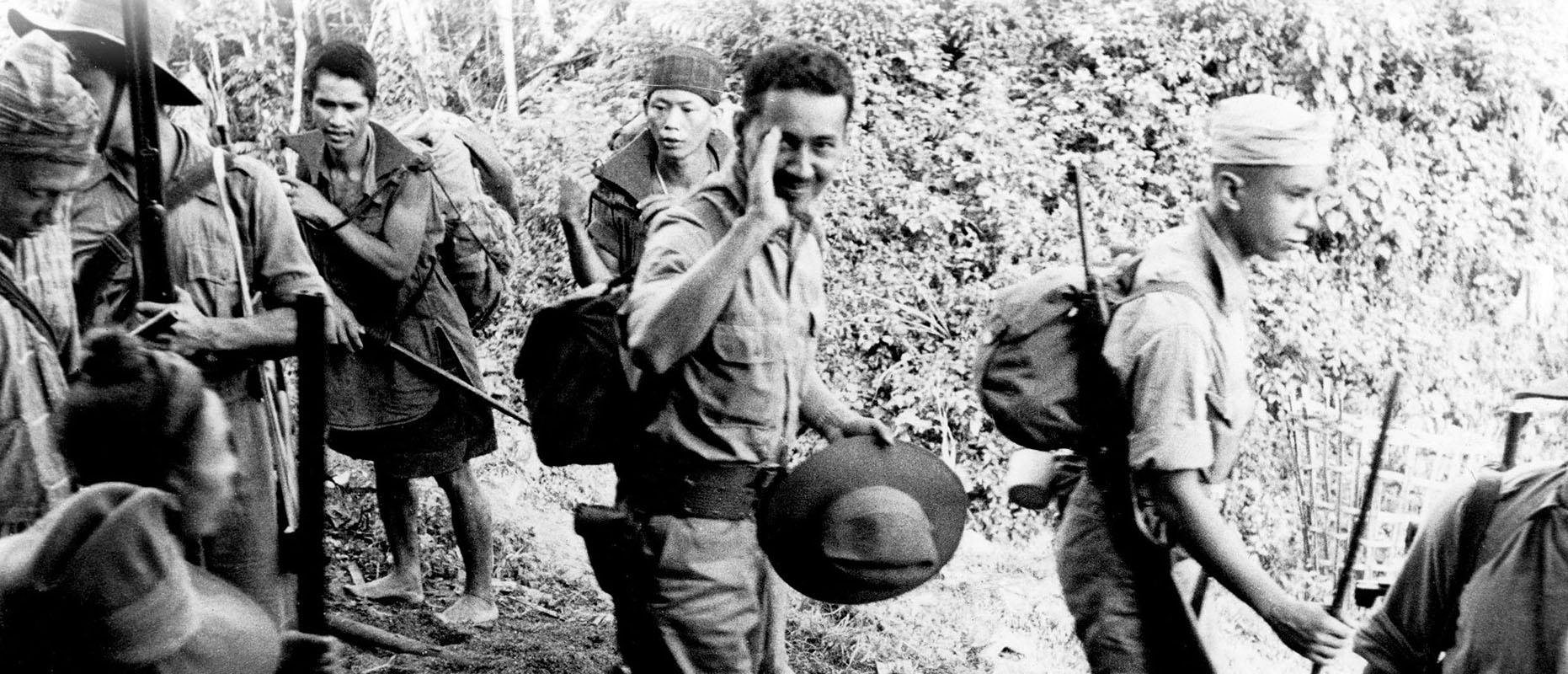
History is Complicated – SOE in Burma
Reading time: 7 minutes
It was estimated by Force 136 that they recruited around 20,000 indigenous personnel for operations in Burma. A few hundred of them are on my Men of SOE Burma page, compiled by going through several files of training cards. While the research for that page has provided excellent insight into a cross section of the many Burmese peoples who served with SOE, most of the 20,000 will remain unaccounted for because there is no record of them. Sadly, this means that their service will never be recognised outside of their own families.
This article is published with the permission of the author. If you would like to reproduce it, please get in touch via this form.

